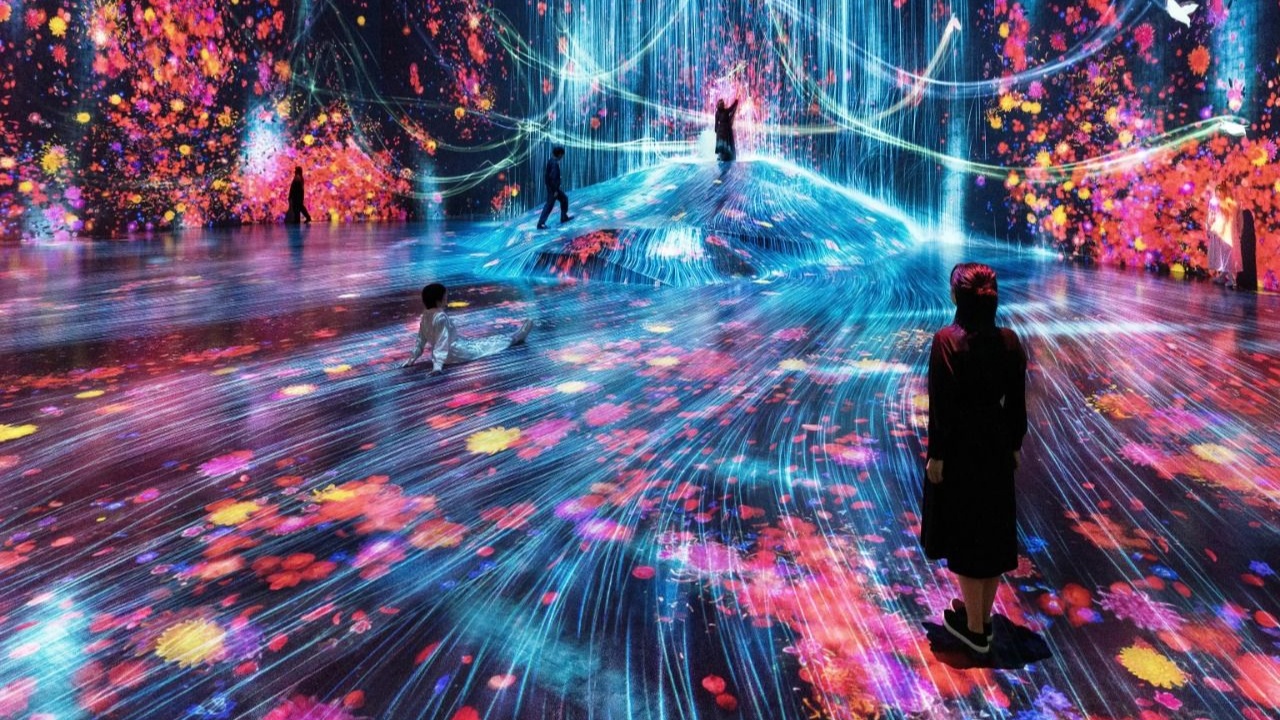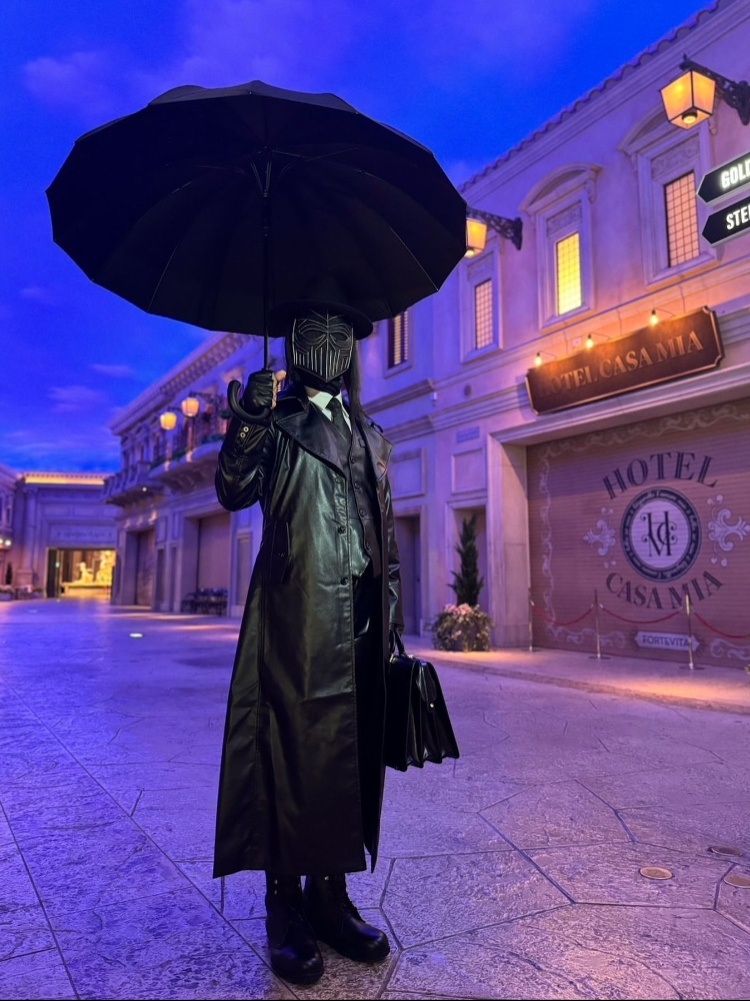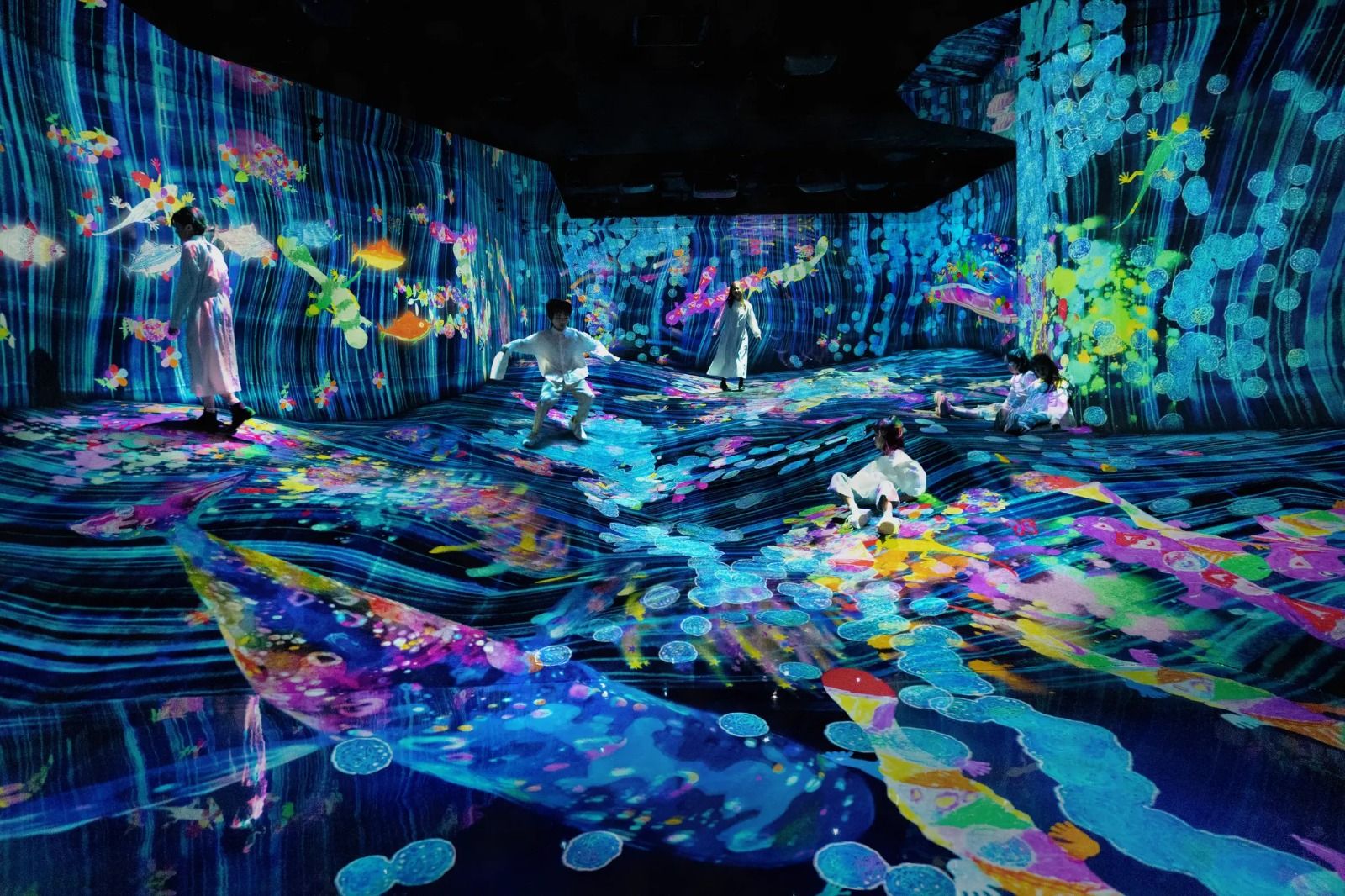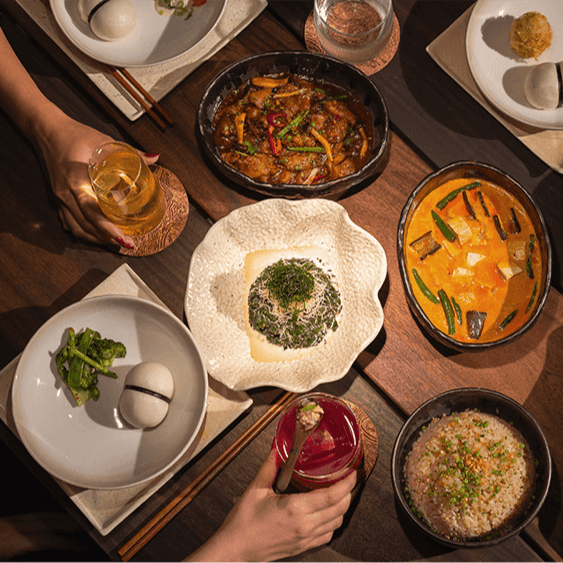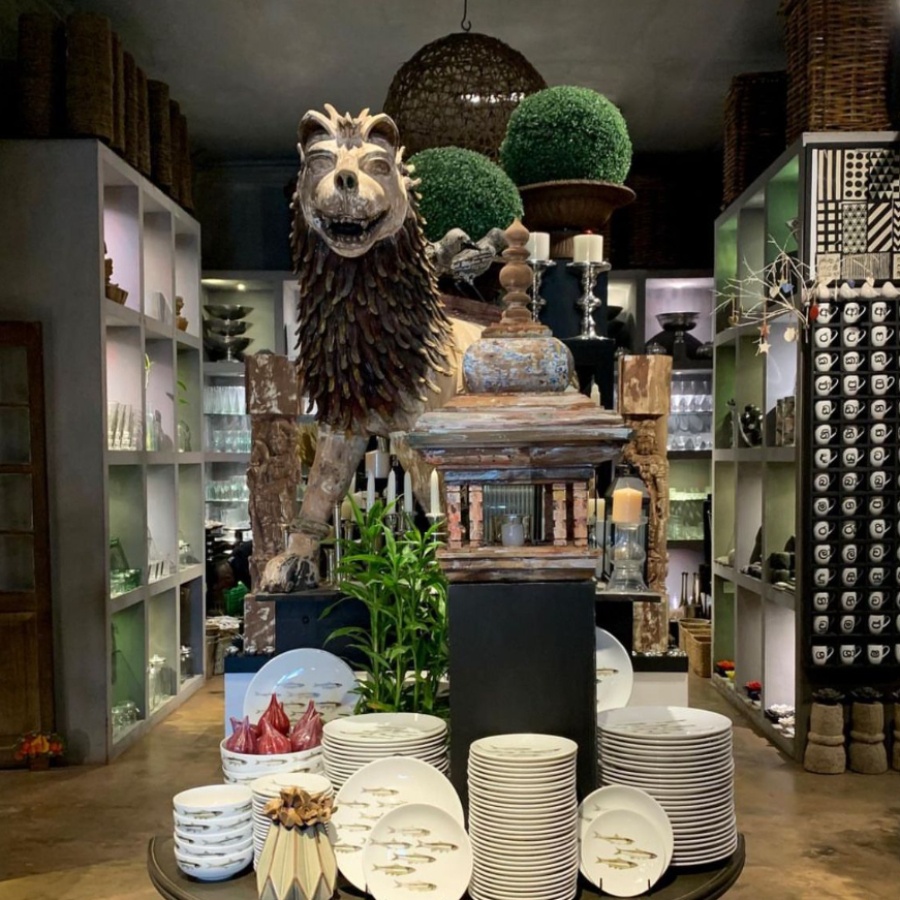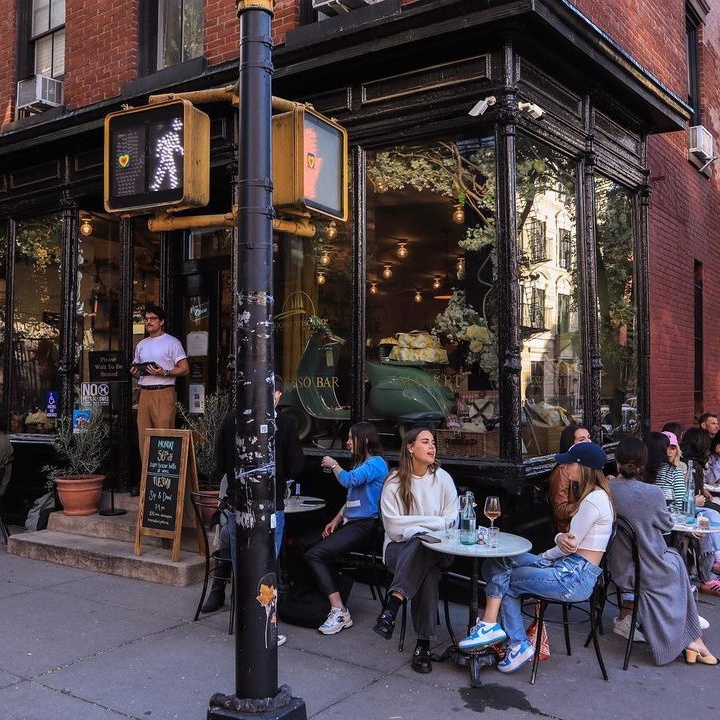Japan, the land of kawaii, is a place where ‘kidult’ energy is everywhere. Sanrio characters (think Hello Kitty and Cinnamoroll) are on train passes; local police stations have their own cartoon mascots; and Kumamon, a jovial Teletubby-like character created by the government, has more followers on Twitter than the country’s Prime Minister. Needless to say, this wide-eyed approach to life is the main reason Japan is one of the most child-friendly holiday destinations in the world.
Of course, you have Osaka’s mammoth Universal Studios, home to Nintendo World, plus Tokyo’s DisneySea and Disneyland, which lure so many visitors that it’s practically impossible to get in without an express pass. Then, there’s the lavish Ghibli Park experience in Aichi where you can immerse yourself in the magical repertoire of the hugely popular animation studio. And KidZania, a Tokyo theme park where kids can be an adult for a day—taking on jobs as police officers, entrepreneurs, and creatives, working in fake shops, fake restaurants, and fake businesses. But even outside of the obvious, you’re going to discover that Japan has a kids-go-free, kids-go-half-off, show-them-the-magic kind of culture like none other.
In April 2023, my husband and I planned a last-minute, eight-day trip to Japan. We had gone for the cherry blossoms, but fell in love with the country: the thoughtful design, the food, the ease of getting around, the quality, the cleanliness, the Zen. We were so smitten that we soon made a second trip—this time with our 13-year-old son and 10-year-old daughter, and my 68-year-old mother-in-law. We went to a samurai museum experience for the kids, a visit to Nara, and a few temples and castles in Osaka and Kyoto. We were keen on spending a morning at a dojo—a karate masterclass for adults and children—but we couldn’t fit it into our schedule (an excuse for another trip, perhaps!) Also note: one whole day should be reserved in Tokyo to buy gaufres at Fugetsudo, sneakers from Onitsuka Tiger, stationery at Itoya and cool things from Muji.
Most parents will agree that children aren’t keen to tick shrines and rock-cut Zen gardens off a to-do list. So, the glut of readymade Japan itineraries that list 100 things to see and do isn’t really helpful when you’re planning a trip with your tots. Take this from a mother to a teenager and a pre-teen, who had to work hard to curate a, as the kids say, “snatched” itinerary. To make matters easier for the next Japan-bound parent, here’s a list of offbeat experiences, handpicked by my children.
An hour at a magic bar in Osaka
Japan is big on magic, and you’ll see novelty magic shops across the country. But the island nation also has some 100 speakeasy-style evening-only ‘magic bars’, where you can enjoy a 30- to 90-minute magic performance, often at the bar counter itself. On our first evening in Osaka, we spent an amusing hour at the Magic Bar Eleven with Mr Masa, the bartender-magician (and mentalist-sorcerer, if you ask me), who, in addition to whipping up some fun cocktails, regaled us with some insanely neat tricks with extraordinary sleight of hand. My kids screamed in disbelief at some of the card tricks, even as we tried to figure out what clever magnetic ploy he may have used to execute them to perfection. We jumped when he whipped out gigantic colour-coded chameleons, and our jaws dropped when an Ace card, on which my daughter had handwritten her name, found its way into a sealed bottle within 30 seconds (we took that bottle home, but still haven’t been able to decipher how he did it).
Bear in mind that most performances at magic bars may be in Japanese with only a smattering of English, but that needn’t be a deterrent—it’s a cool, crazy experience either way.
A day at the Hiroshima Peace Memorial Park
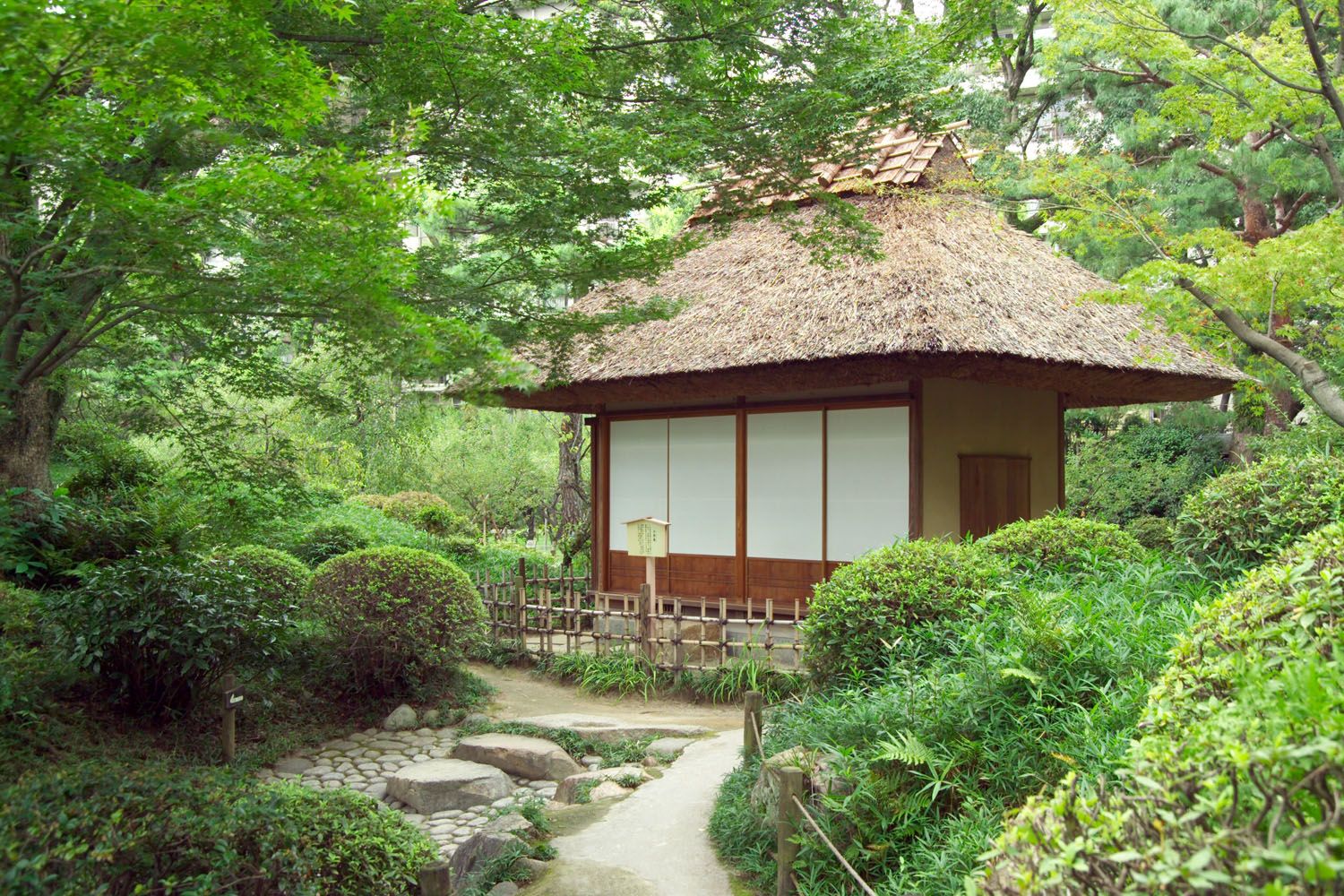
My kids, like many others, will run a mile from any holiday activity you’d file under ‘sightseeing’. But they were quiet and attentive when we visited Hiroshima. The Hiroshima Peace Memorial Park, a two-hour bullet train ride from Osaka, comprises a stunning, immaculately manicured central vista, with the stark atomic bomb dome on one side and the museum on the other. There are stone carvings, set to reflect 8:15 (the time the bomb dropped), the Shukkeien Garden with the Children’s Peace Monument that commemorates the child victims of the bomb, a room with 1,40,000 tiles that represent the number of lives lost, and an audio-visual display that details the aftermath of the bomb—all of which my children mindfully took in. And as sombre as it felt, our day trip to the memorial, and the astonishingly peaceful city, was a truly heartwarming experience.
A visit to a petting café in Kyoto

Petting cafés are quite a thing in Japan—you will find many that basically look like simple coffee shops from the outside. However, this is an activity best done after some research, lest you stumble into a sad or unethically managed place. My puppy-loving daughter dragged me to Teacup Club, a dog café in the Shinkyogoku shopping arcade of Kyoto, where she had a very safe, sanitary, and disciplined petting session with eight tiny teacup poodles dressed to the nines in sweet little outfits. The dogs were relaxed and happy, and their minders were very particular with rules and regulations about respectful cuddling. Across Japan, there are many animal café options—you’ll find dedicated spaces for cats, rabbits, owls, and even reptiles. It’s definitely one of those perfectly quirky Japanese things to do.
A samurai trail in Nakasendo

The Nakasendo trail (also called the samurai trail) is a 540km inland path through the Kiso mountains, which has connected Tokyo to Kyoto since the Edo period. (The other road is by the coast, which is treacherous during typhoon season, and was meant for samurais who trekked by foot). The Nakasendo route is dotted with about 69 towns along the way, most of them quaint, cobblestoned, and preserved to remain as close to what they would have been 700 years ago. Even with two kids and a senior citizen, our awesome guide Chao-san ensured that we hacked the experience with walking sticks through bamboo groves, quick taxi rides to cover longer patches in typical Indian short-cut style, and plenty of breaks to buy boutique saké (apparently made best in the Kiso mountains). What made this experience even more magical were the places we stopped at along the way: a charming wayside vegetarian-friendly family-run soba eatery called Juri in the Magome area; the 300-year-old Ikkokutochi Tateba Tea House; the quaint Nagiso Town Museum in Tsumago-juku, and the towns that felt like a portal to the past.
A non-verbal performance in Kyoto
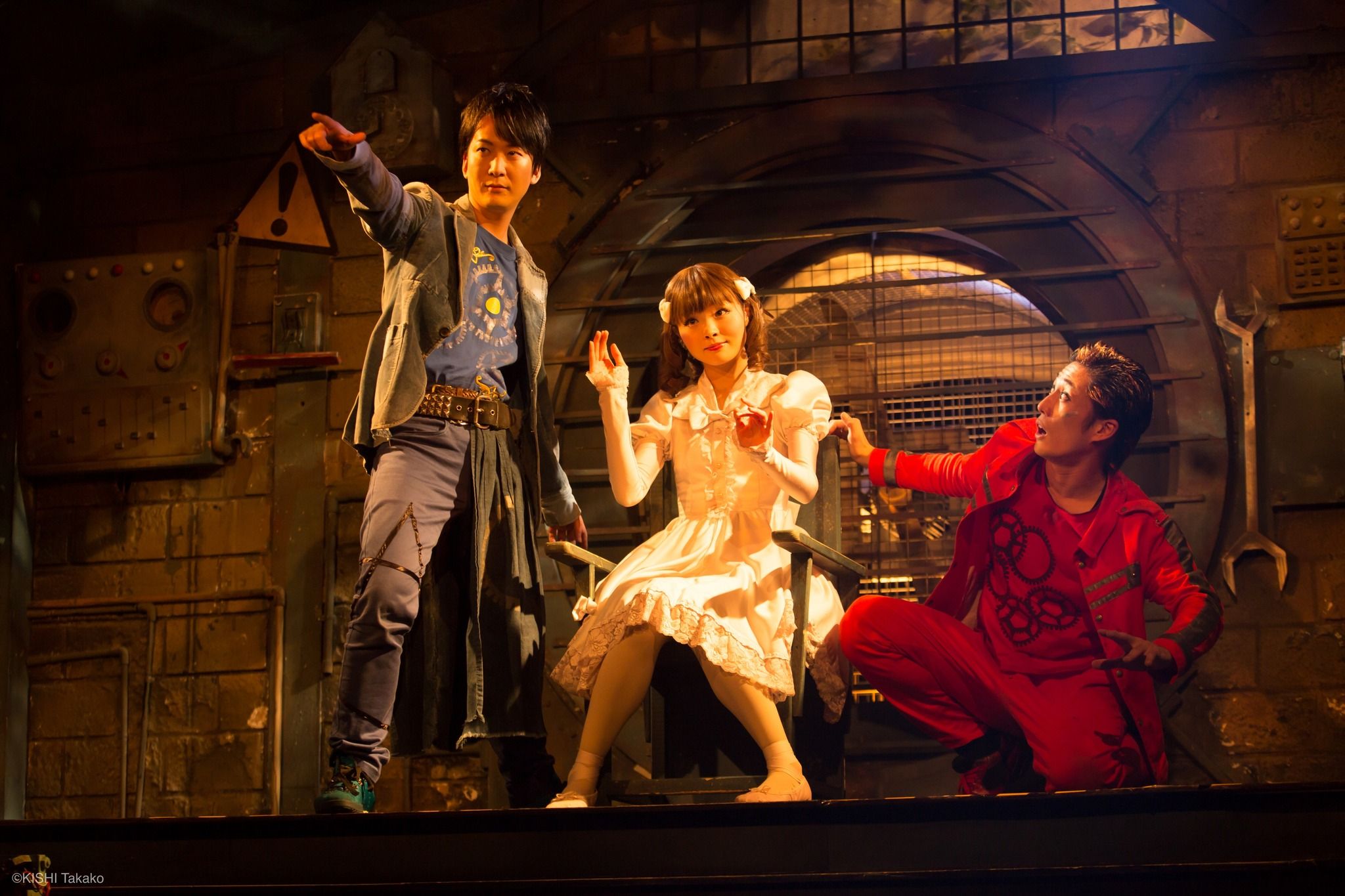
This is an absolutely delightful 90-minute performance held daily at the Gear Theatre in Kyoto. The show is inspired partially by classical Japanese kabuki dance and drama, with amazing special effects, great sound, and superb lighting—like a cross between a variety show (juggling, break-dancing, magic) and a circus. It tells a heartwarming tale of four adorable Roboroids from the future, who get acquainted with a traditional doll that was manufactured well in the past. Over the course of the story, we see them get in touch with their humanity through romance, humour, drama, and pathos. Book this experience in advance because the theatre is small, and pick the first two rows so you can soak in the spectacular finale. My 10-year-old enjoyed this show so much, she said she’d do it all over again if she ever came back to Japan.
